Home>Articles>Which Weather Instrument Measures The Temperature Of The Air?
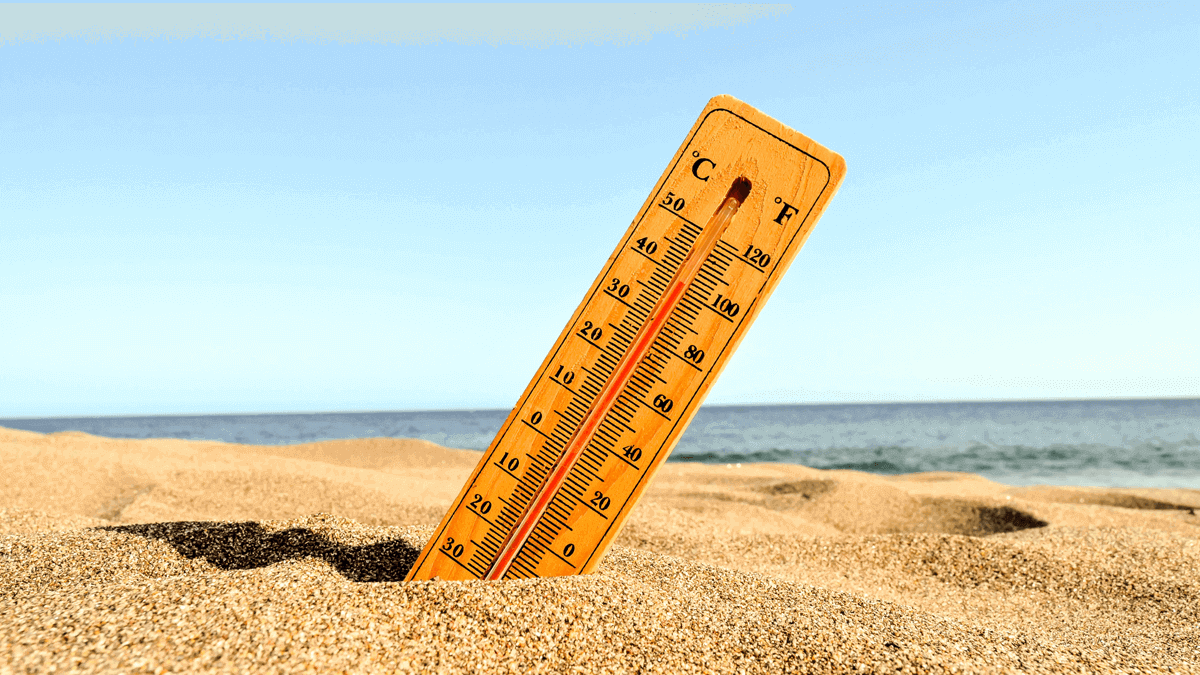

Articles
Which Weather Instrument Measures The Temperature Of The Air?
Modified: January 5, 2024
Find articles about the weather instrument that measures air temperature. Learn how this tool is used to record and analyze temperature changes.
(Many of the links in this article redirect to a specific reviewed product. Your purchase of these products through affiliate links helps to generate commission for Storables.com, at no extra cost. Learn more)
Introduction
When it comes to measuring the temperature of the air, there are several instruments that can be used. These instruments play a crucial role in meteorology, helping us understand and predict weather patterns. In this article, we will explore the different types of thermometers and other weather instruments used to measure air temperature.
Temperature is one of the fundamental parameters of weather. It affects our daily lives, influencing our clothing choices, outdoor activities, and even our moods. By accurately measuring the temperature of the air, meteorologists can analyze climate patterns and predict changes in the weather.
Thermometers have been used for centuries to gauge temperature. Over time, their design and functionality have evolved, leading to the development of various types of thermometers. Each type has its own unique mechanism for measuring temperature, allowing us to accurately assess the atmospheric conditions.
Furthermore, in addition to thermometers, there are other advanced weather instruments that play a vital role in monitoring and measuring temperature. These instruments are typically found in weather stations that collect data from various locations to provide a comprehensive view of the weather.
In the following sections, we will delve into the different types of thermometers and weather instruments used to measure the temperature of the air. By gaining a deeper understanding of these instruments, we can appreciate their significance in meteorology and how they contribute to our knowledge of the weather.
Key Takeaways:
- Thermometers, including liquid-in-glass, bimetallic strip, resistance, and infrared types, are crucial for accurate air temperature measurement, supporting weather forecasting and climate analysis.
- Weather stations integrate various instruments, such as barometers, anemometers, rain gauges, hygrometers, and pyranometers, to provide comprehensive data for meteorological analysis and weather forecasting.
Thermometers
Thermometers are specialized devices used to measure temperature. They consist of a temperature sensor, usually made of a material that expands or contracts with changes in temperature, and a scale that provides a numerical representation of the temperature reading.
Thermometers can be found in various forms, ranging from traditional liquid-in-glass thermometers to modern digital models. The choice of thermometer depends on the application and the level of accuracy required.
These instruments work on the principle of thermal expansion. When the temperature rises, the material within the thermometer undergoes expansion, causing the liquid or the material to rise in the tube or move the pointer on the scale. Conversely, when the temperature decreases, the material contracts, resulting in a decrease in the liquid level or moving the pointer in the opposite direction.
Temperature measurements can be taken in different units, including Celsius (°C), Fahrenheit (°F), and Kelvin (K). Conversion between these units is straightforward and can be done using conversion formulas.
Thermometers are typically calibrated to ensure accurate readings. Calibrating a thermometer involves comparing its readings to the reference temperature obtained from a reliable and traceable source. Regular calibration is essential to maintain the accuracy and reliability of the temperature measurements.
It’s important to note that while thermometers are widely used to measure air temperature, they can also be used to measure the temperature of liquids, solids, and even the human body. However, in this article, we will focus specifically on their application in measuring atmospheric temperature.
Types of Thermometers
There are several types of thermometers, each with its own unique design and mechanism for measuring temperature. Let’s explore some of the most commonly used types:
- Liquid-in-Glass Thermometers: This is one of the oldest and most traditional types of thermometers. It consists of a glass tube filled with a liquid, usually mercury or alcohol, that expands or contracts with changes in temperature. The temperature is determined by reading the scale marked on the glass tube where the level of the liquid corresponds to the temperature. These thermometers are often used in scientific labs and household applications.
- Bimetallic Strip Thermometers: This type of thermometer uses a bimetallic strip made up of two different metals with different rates of expansion. As the temperature changes, the strip bends due to the differing expansion of the metals, and the movement is translated into a temperature reading on the scale. Bimetallic strip thermometers are commonly found in industrial and HVAC systems.
- Resistance Thermometers: Also known as resistance temperature detectors (RTDs), these thermometers make use of the principle that the electrical resistance of a conductor changes with temperature. RTDs typically consist of a fine wire made of platinum or other materials with a known temperature-resistance relationship. The change in resistance is measured and converted into a temperature reading. Resistance thermometers offer high accuracy and stability, making them suitable for scientific and industrial applications.
- Infrared Thermometers: Infrared thermometers, also known as non-contact thermometers, measure temperature using infrared radiation. They detect the thermal radiation emitted by an object and convert it into a temperature reading. These thermometers are widely used in medical settings for non-contact temperature measurements, as well as in industrial applications where measuring temperature from a distance is necessary.
These are just a few examples of the types of thermometers used to measure air temperature. Each type has its own advantages and is suitable for specific applications. The choice of thermometer depends on factors such as accuracy requirements, temperature range, and the environment in which it will be used.
Liquid-in-Glass Thermometers
Liquid-in-glass thermometers are one of the most common and traditional types of thermometers used to measure temperature. They consist of a glass tube filled with a liquid, usually mercury or alcohol, and a scale that is marked on the tube to provide temperature readings.
The principle behind liquid-in-glass thermometers is based on the thermal expansion of the liquid. As the temperature increases, the liquid inside the tube expands, causing it to rise. Conversely, when the temperature decreases, the liquid contracts, causing it to lower in the tube. The level of the liquid in the tube corresponds to the temperature reading on the scale.
The choice of liquid used in these thermometers depends on several factors. Mercury is a common choice due to its high thermal conductivity and linear expansion characteristics. However, due to its toxicity, the use of mercury-filled thermometers has been phased out in many applications and replaced with alcohol or other suitable alternatives.
Liquid-in-glass thermometers offer several advantages. They are relatively simple in design, easy to use, and provide accurate temperature readings. The glass tube protects the liquid from external factors such as air pressure and humidity, ensuring more reliable measurements.
However, there are also a few limitations to consider. These thermometers are susceptible to breakage if mishandled or dropped. Additionally, they require time to reach thermal equilibrium with the surrounding air before an accurate reading can be obtained.
Liquid-in-glass thermometers are commonly used in various applications. In scientific laboratories, they are used for temperature measurements in experiments and research. In everyday life, they can be found in households, schools, and meteorological stations.
It’s worth noting that modern digital thermometers have largely replaced liquid-in-glass thermometers in many applications. Digital thermometers offer faster and more precise temperature readings, making them more convenient for everyday use. However, the simplicity and reliability of liquid-in-glass thermometers continue to make them relevant in certain fields and for specific purposes.
Bimetallic Strip Thermometers
Bimetallic strip thermometers are a type of thermometer that operates based on the differential thermal expansion of two different metals. This mechanism allows them to measure temperature changes accurately. The thermometer consists of a bimetallic strip, typically made of two metals such as brass and steel, bonded together.
The two metals used in the bimetallic strip have different coefficients of thermal expansion. This means that they expand or contract at different rates when heated or cooled. As temperature changes, the bimetallic strip bends in response to the differing expansion and contraction of the two metals.
The bending of the strip is measured and converted into a temperature reading. This measurement is typically displayed on a scale attached to the thermometer, allowing users to read the temperature easily.
Bimetallic strip thermometers have several advantages. They are simple in design and construction, making them durable and robust. They can withstand harsh environmental conditions, including high temperatures and vibrations, without sacrificing accuracy.
These thermometers are commonly used in a wide range of applications. For example, they are often found in industrial settings to monitor temperature changes in machinery, equipment, and pipelines. Bimetallic strip thermometers are also used in heating, ventilation, and air conditioning (HVAC) systems to control indoor temperature.
One notable advantage of bimetallic strip thermometers is that they can be designed to measure both high and low temperatures. By selecting appropriate metals with different thermal expansion properties, these thermometers can accurately measure temperature changes across a wide range.
One limitation of bimetallic strip thermometers is their relatively slow response time. It takes time for the bimetallic strip to bend and reach equilibrium with the surrounding temperature. Therefore, they may not be suitable for applications requiring a rapid response to temperature changes.
Overall, bimetallic strip thermometers are widely used due to their simplicity, durability, and accuracy. Their ability to measure a wide range of temperatures makes them suitable for various industrial and HVAC applications. While digital thermometers have become more prevalent, especially in consumer and medical settings, bimetallic strip thermometers continue to be an important tool for temperature measurement in many industries.
A thermometer is the weather instrument used to measure the temperature of the air. It can be a traditional mercury or a digital thermometer.
Read more: Which Weather Instrument Measures Humidity
Resistance Thermometers
Resistance thermometers, also known as resistance temperature detectors (RTDs), are temperature-sensing devices that rely on the principle that the electrical resistance of a conductor changes with temperature. These thermometers are widely used in various industries and scientific applications due to their high accuracy and stability.
The most common type of resistance thermometer uses a fine wire made of platinum as the temperature sensor. Platinum is favored for its excellent resistance-temperature characteristics and its stability over a wide temperature range.
When a current is passed through the platinum wire, the electrical resistance is measured. As the temperature changes, the resistance of the wire also changes. This change in resistance is directly proportional to the temperature, allowing for precise temperature measurements.
One of the advantages of resistance thermometers is their high level of accuracy. They can provide temperature readings with a high degree of precision, making them suitable for applications that require precise temperature control, such as in laboratory experiments and industrial processes.
Resistance thermometers also offer excellent long-term stability. Unlike some other types of thermometers that may drift over time, RTDs maintain their calibration and accuracy over an extended period. This makes them reliable for long-term temperature monitoring.
Another advantage of resistance thermometers is their compatibility with digital measurement systems. The change in resistance can be easily converted into a digital signal that can be processed and displayed on a digital readout. This allows for convenient data logging and integration with computerized systems.
However, there are some considerations when using resistance thermometers. They typically have a slower response time compared to other types of thermometers due to the time it takes for the current to pass through the wire and for the wire to reach thermal equilibrium. Therefore, they may not be suitable for applications that require real-time temperature monitoring.
In addition to platinum, other materials with known and stable resistance-temperature characteristics can be used in resistance thermometers. However, platinum RTDs are the most commonly used due to their superior accuracy and stability.
Resistance thermometers find applications in a wide range of industries, including pharmaceuticals, food processing, automotive, aerospace, and environmental monitoring. Their accuracy, stability, and compatibility with digital systems make them an essential tool for temperature measurement where precision is crucial.
Infrared Thermometers
Infrared thermometers, also known as non-contact thermometers, are widely used for measuring temperature without direct physical contact. These thermometers are based on the principle of detecting and measuring the thermal radiation emitted by an object.
The working mechanism of an infrared thermometer can be understood by considering that all objects with a temperature above absolute zero emit thermal radiation. This radiation, which falls within the infrared range of the electromagnetic spectrum, can be detected and measured by the infrared thermometer.
Unlike other types of thermometers that require physical contact with the object or surface being measured, infrared thermometers can measure temperatures from a distance. This ability makes them particularly useful in situations where contact measurements are not feasible or when there is a need to maintain a sterile environment.
Using an infrared thermometer is simple. The device is typically equipped with a lens that focuses the thermal radiation onto a detector. The detector converts this radiation into an electrical signal, which is then processed to calculate the temperature.
Infrared thermometers offer several advantages. Firstly, they provide fast and instantaneous temperature readings, making them suitable for applications where quick measurements are required. They are also non-invasive and can be used in situations where contact with the measured object is not desirable or possible.
Infrared thermometers have a wide range of applications across various industries. They are commonly used in the medical field for non-contact temperature measurement, especially for monitoring body temperature. They can also be found in industrial settings, such as manufacturing and maintenance, where temperature monitoring from a distance is necessary.
It’s worth noting that there are different types of infrared thermometers, including spot infrared thermometers that measure the temperature of a specific spot, and infrared thermal imaging cameras that provide a visual representation of temperature distribution across a surface.
While infrared thermometers offer convenience and ease of use, it is important to understand their limitations. They can only measure the temperature of the surface being targeted, rather than the internal temperature of an object. Additionally, factors such as distance, composition, and emissivity of the object can affect the accuracy of the readings.
Infrared thermometers have become increasingly popular for their versatility and non-contact measurement capabilities. Their ability to provide instant temperature readings without the need for physical contact makes them invaluable in various industries and applications.
Weather Stations and Temperature Measurement
Weather stations play a crucial role in monitoring and recording various weather parameters, including temperature. These stations are equipped with an array of instruments and sensors to measure temperature accurately and gather valuable data for meteorological analysis.
Temperature measurements are essential in understanding climate patterns, forecasting weather conditions, and studying long-term climate trends. Weather stations use a combination of thermometers and other sophisticated instruments to ensure precise and reliable temperature measurements.
In a typical weather station, multiple thermometers are strategically placed to measure temperature at different locations. These thermometers can be of different types, depending on the specific requirements of the station and the level of accuracy needed.
Modern weather stations often employ electronic digital thermometers that provide fast and accurate temperature measurements. These thermometers use advanced sensors and microprocessors to convert the temperature readings into digital signals, allowing for data logging and remote monitoring.
In addition to the primary thermometers, weather stations may also incorporate secondary temperature sensors to monitor specific microclimates or environmental conditions. For example, soil temperature sensors are used to measure the temperature of the ground, which is important for agriculture and ecological studies.
Weather stations also employ various techniques to measure the temperature of the upper atmosphere. Radiosondes, for example, are instruments attached to weather balloons that transmit temperature data as they ascend through the atmosphere. Satellite-based instruments can also provide temperature profiles of the atmosphere from space.
Temperature measurements from weather stations are not limited to just monitoring the current temperature. These measurements are used to calculate other weather parameters, such as wind chill, heat index, and dew point, which provide a more comprehensive understanding of the atmospheric conditions.
The data collected from weather stations, including temperature measurements, are regularly transmitted to meteorological agencies and research institutions. This data is used to analyze climate patterns, support weather forecasting models, and assess the impacts of climate change.
Weather stations and temperature measurement technologies continue to evolve, driven by advancements in sensor technology, data processing, and communication systems. This ongoing progress ensures that our understanding of temperature patterns and its role in weather forecasting and climate research continues to improve.
Other Weather Instruments
In addition to thermometers, weather stations utilize various other instruments to measure different weather parameters. These instruments work together to provide a comprehensive understanding of atmospheric conditions. Let’s explore some of the commonly used weather instruments:
- Barometers: Barometers are instruments used to measure atmospheric pressure. They help in predicting weather changes by monitoring the fluctuations in air pressure. Barometric pressure is an important parameter for understanding weather patterns, as it indicates the presence of high or low-pressure systems that influence weather conditions.
- Anemometers: Anemometers measure wind speed and direction. They consist of rotating cups or propellers that spin in response to the wind, and the rotation is converted into wind speed measurements. Wind direction is determined using a vane that aligns itself with the wind. Anemometers are essential for understanding wind patterns and assessing the potential impacts of strong winds.
- Rain Gauges: Rain gauges are used to measure the amount of precipitation that falls in a specific area over a given period of time. They are designed to collect rainwater, and the amount of water collected in the gauge represents the rainfall. Rain gauges help in monitoring precipitation patterns, which is crucial for agricultural planning, water resource management, and flood forecasting.
- Hygrometers: Hygrometers measure humidity, which refers to the amount of moisture in the air. They provide readings in terms of relative humidity, which indicates the percentage of moisture present in the air compared to the maximum amount it can hold at a given temperature. Hygrometers are essential for understanding moisture levels in the atmosphere, as humidity influences weather conditions and affects human comfort.
- Pyranometers: Pyranometers measure solar radiation, which is the energy emitted by the sun. They help in monitoring the intensity of sunlight, which is essential for understanding climate patterns and studying solar energy potential. Pyranometers are commonly used in solar energy systems, agriculture, and meteorology.
These are just a few examples of the many weather instruments used in weather stations. Each instrument plays a crucial role in measuring specific weather parameters, providing valuable data for meteorological analysis and weather forecasting. The integration of multiple instruments in weather stations enables a comprehensive understanding of the complex and dynamic nature of the atmosphere.
Conclusion
Measuring the temperature of the air is a fundamental aspect of meteorology. It helps us understand weather patterns, predict changes, and gain insights into our climate. Thermometers, both traditional and modern, are key instruments used in this process.
We explored different types of thermometers, ranging from liquid-in-glass thermometers to bimetallic strip thermometers, resistance thermometers, and infrared thermometers. Each type has its own unique design and mechanism for measuring temperature, offering varying levels of accuracy and suitability for different applications.
In addition to thermometers, we discussed the importance of weather stations in temperature measurement. These stations incorporate various instruments, such as barometers, anemometers, rain gauges, hygrometers, and pyranometers, to gather comprehensive data on weather conditions.
The data collected from weather stations and temperature measurements provide invaluable insights into climate patterns, support weather forecasting, and help researchers analyze and understand the impacts of climate change. The continuous advancements in sensor technology, data processing, and communication systems contribute to the improvement of weather instrumentation and the accuracy of temperature measurements.
As we continue to explore and study the intricacies of our atmosphere, the knowledge gained from temperature measurements and weather instruments will enable us to make more informed decisions and adapt to the challenges posed by an ever-changing climate.
In conclusion, the measurement of air temperature through thermometers and weather instruments plays a vital role in our understanding of weather and climate. These tools allow us to monitor temperature fluctuations, predict weather conditions, and develop strategies to mitigate the impacts of changing weather patterns. By continuously advancing our knowledge and technology in temperature measurement, we can gain valuable insights into our environment and strive for a sustainable future.
Frequently Asked Questions about Which Weather Instrument Measures The Temperature Of The Air?
Was this page helpful?
At Storables.com, we guarantee accurate and reliable information. Our content, validated by Expert Board Contributors, is crafted following stringent Editorial Policies. We're committed to providing you with well-researched, expert-backed insights for all your informational needs.
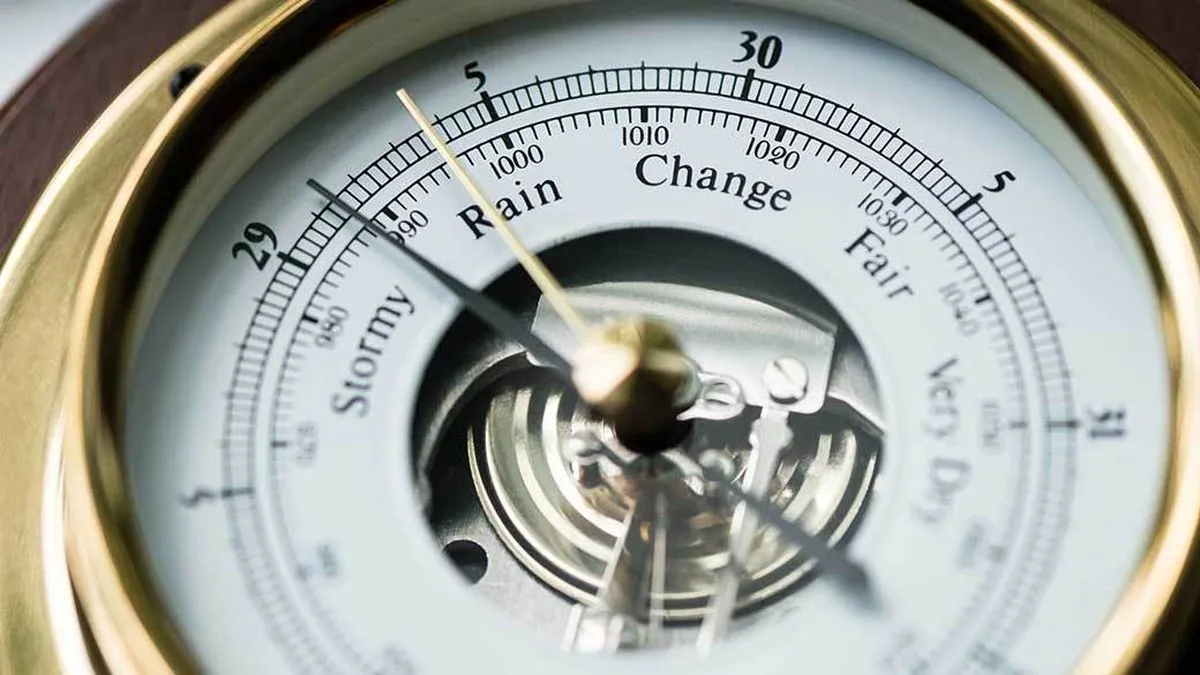
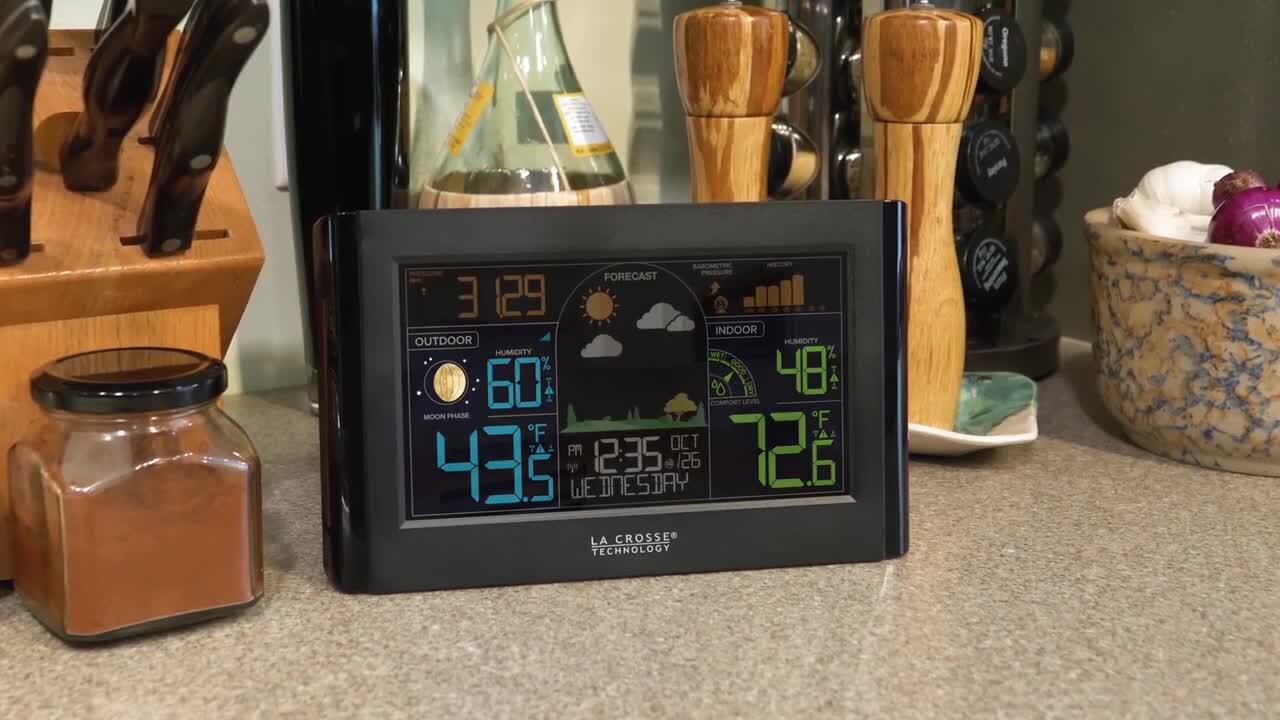
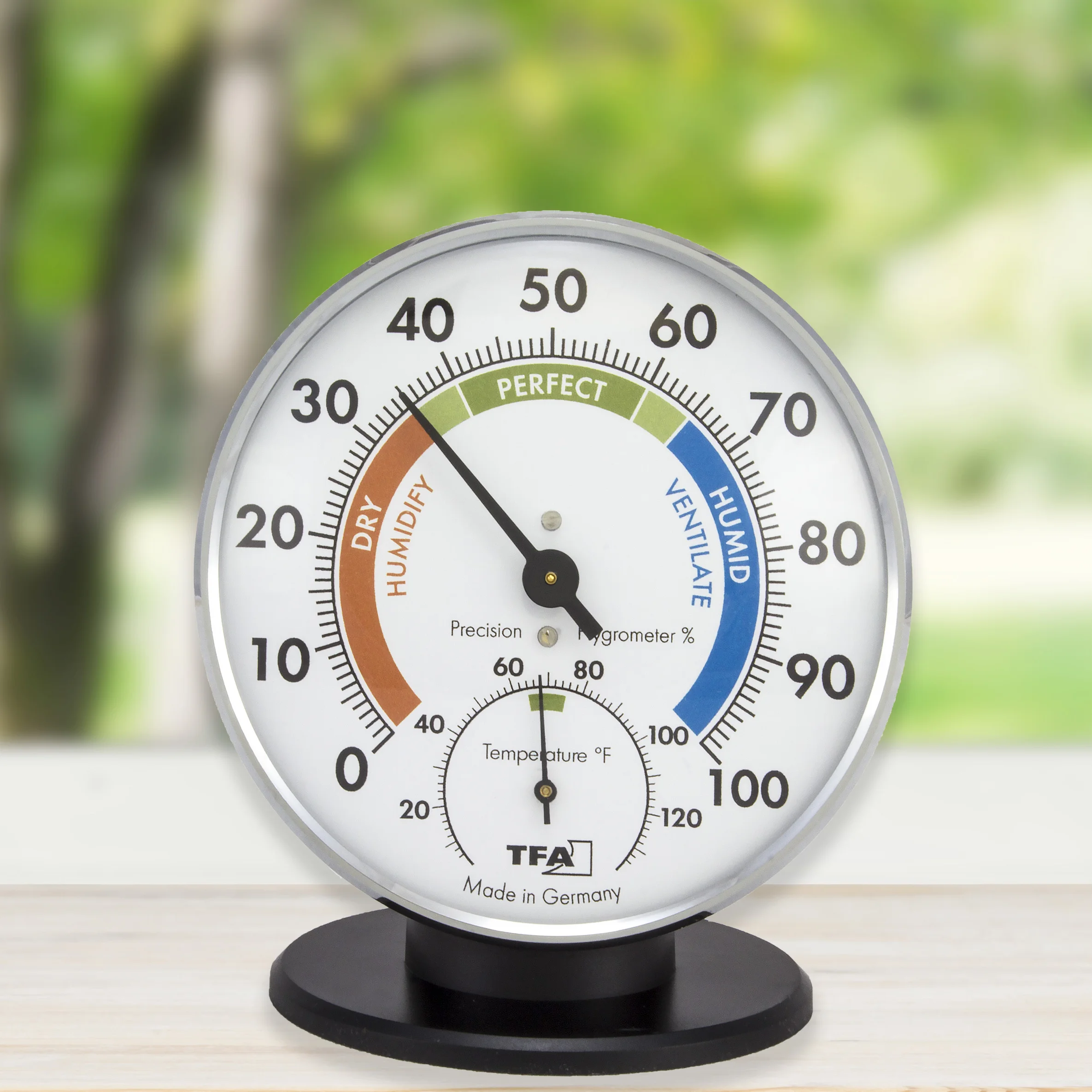
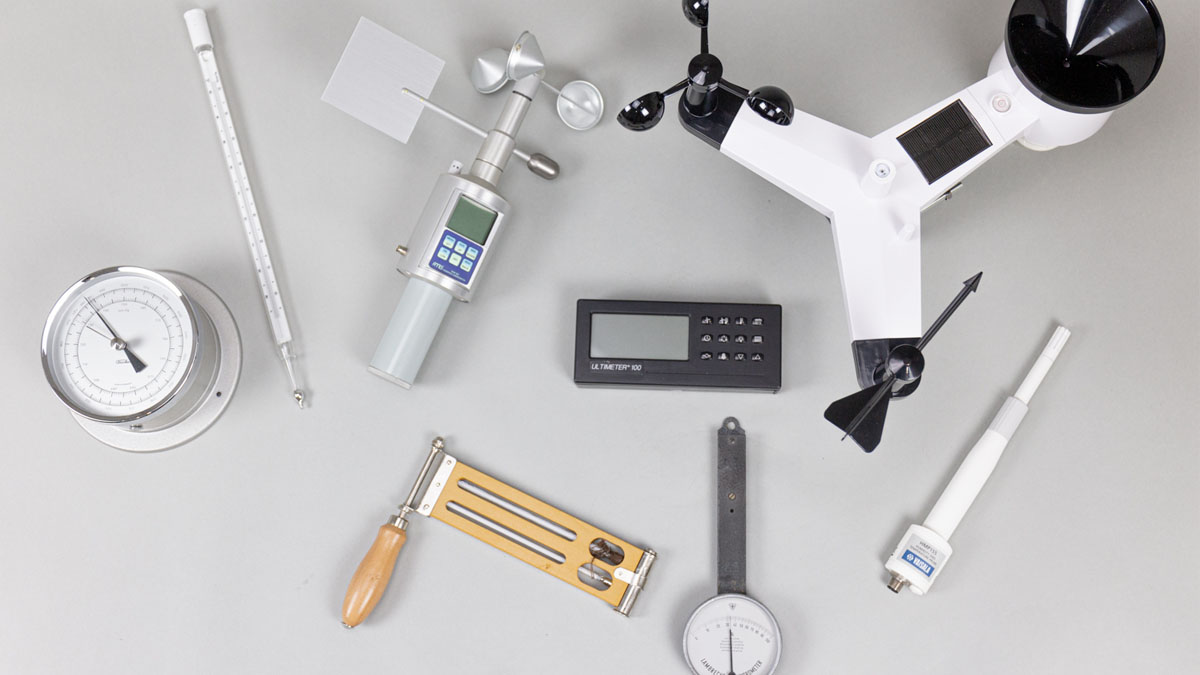
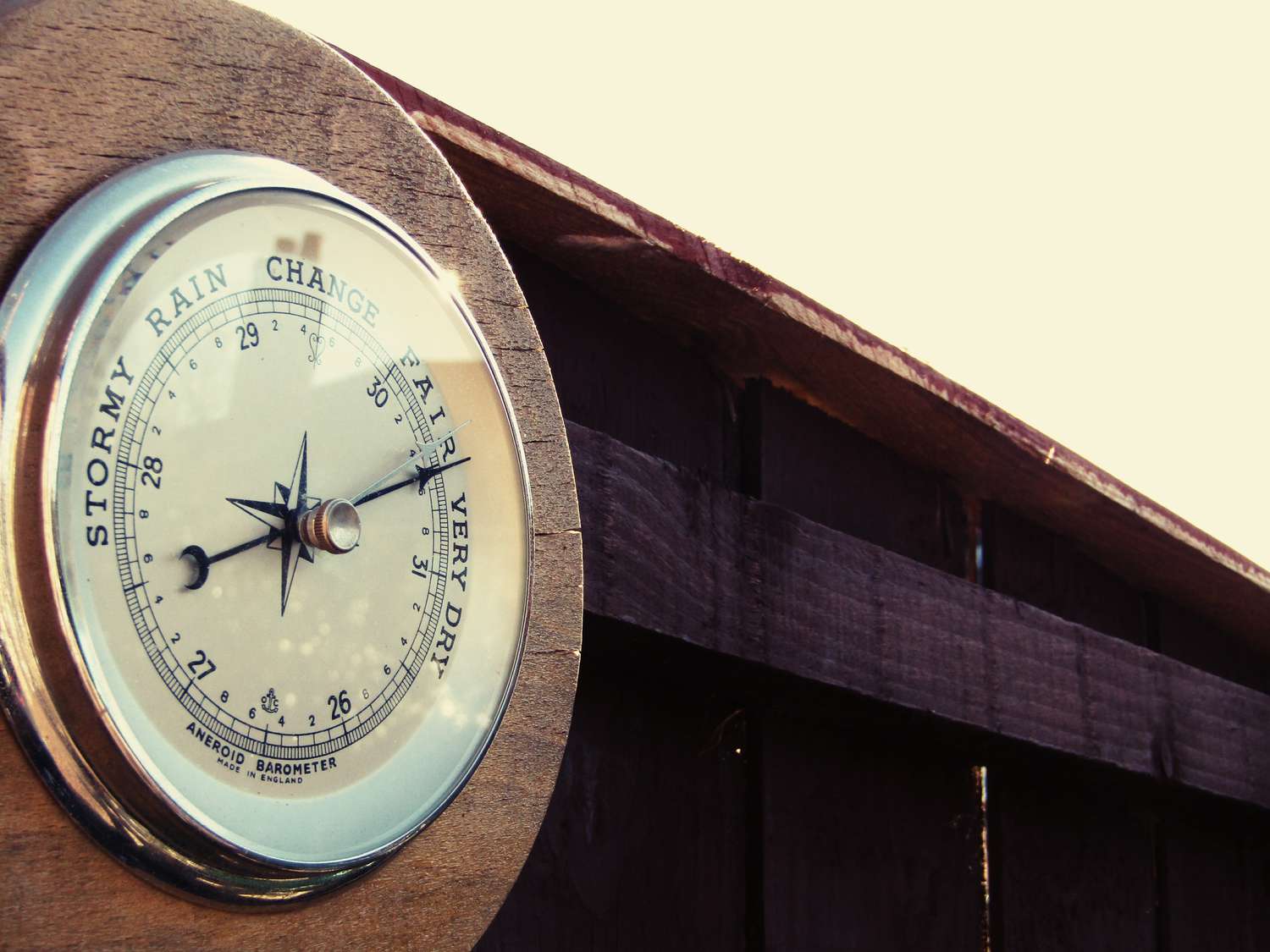
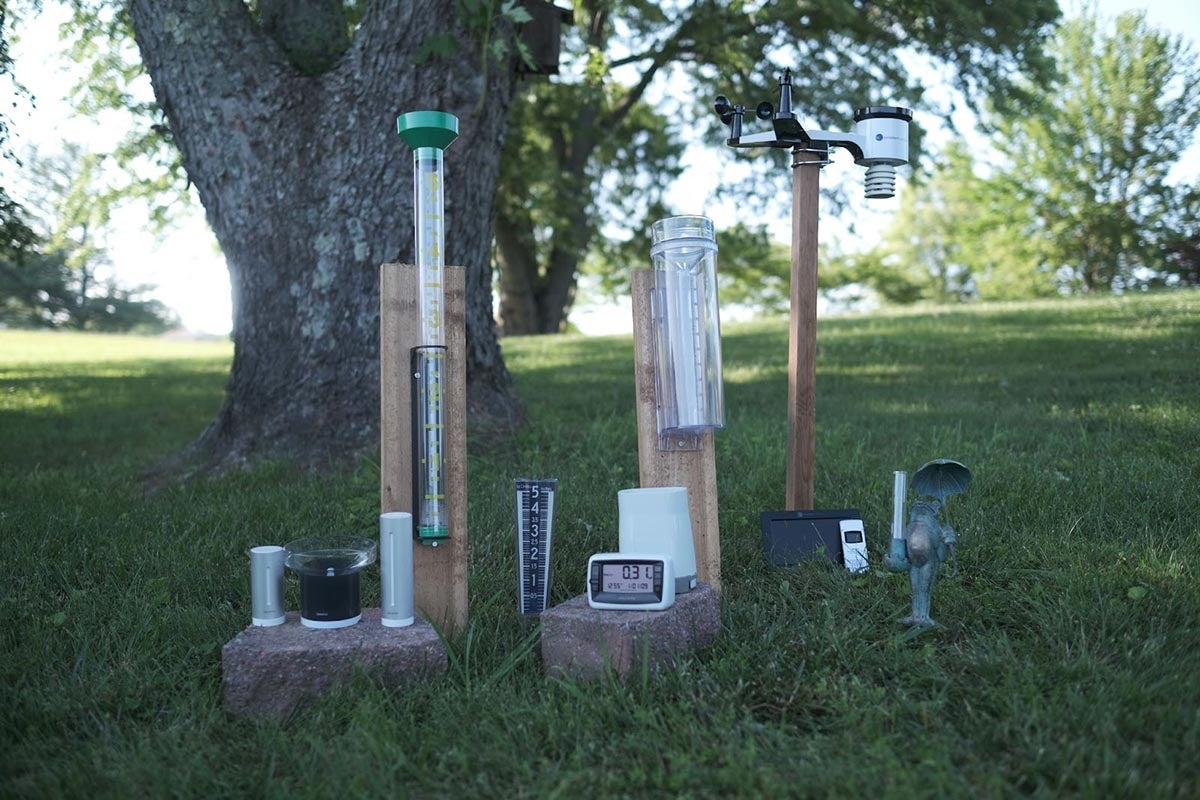
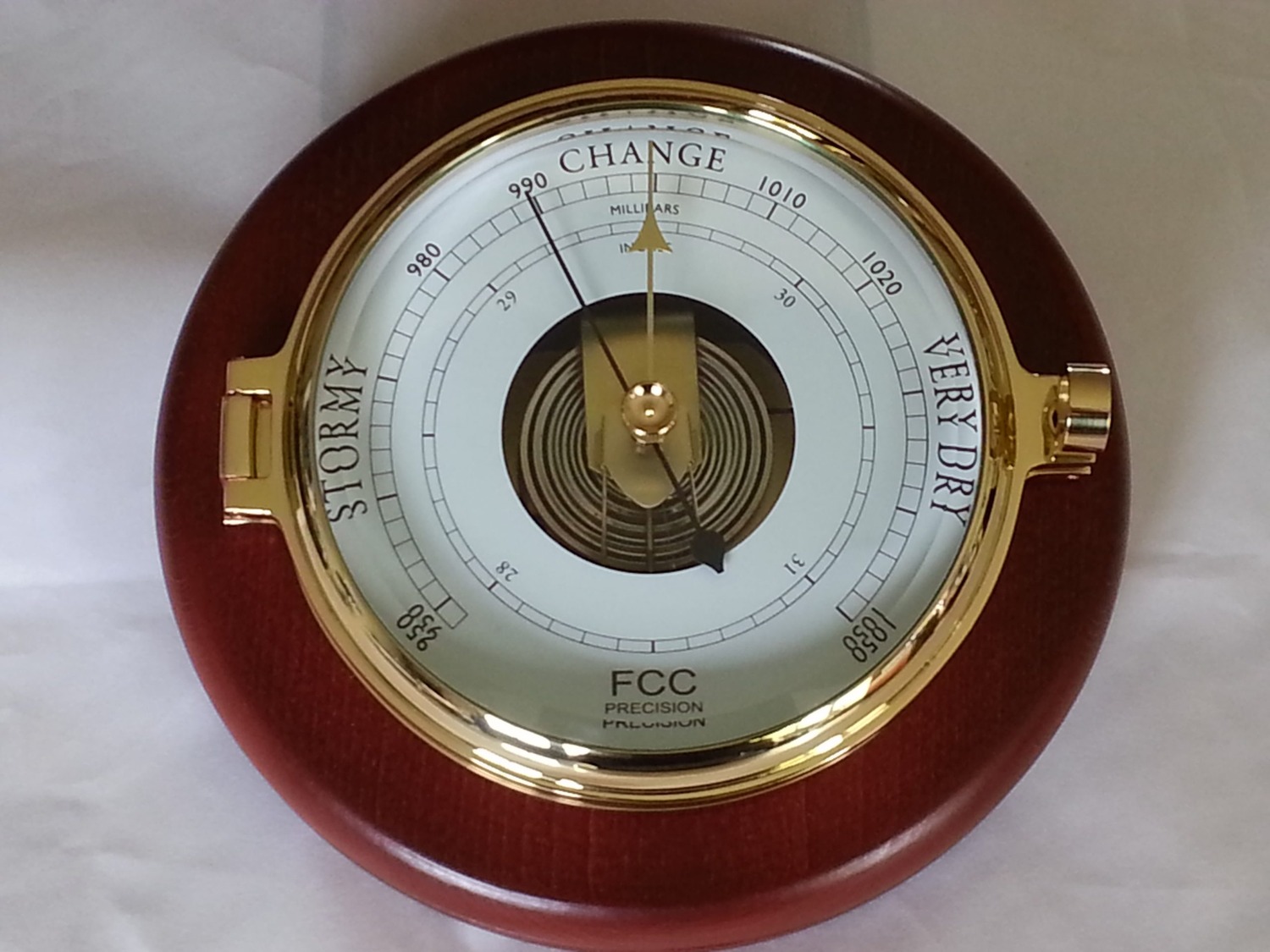
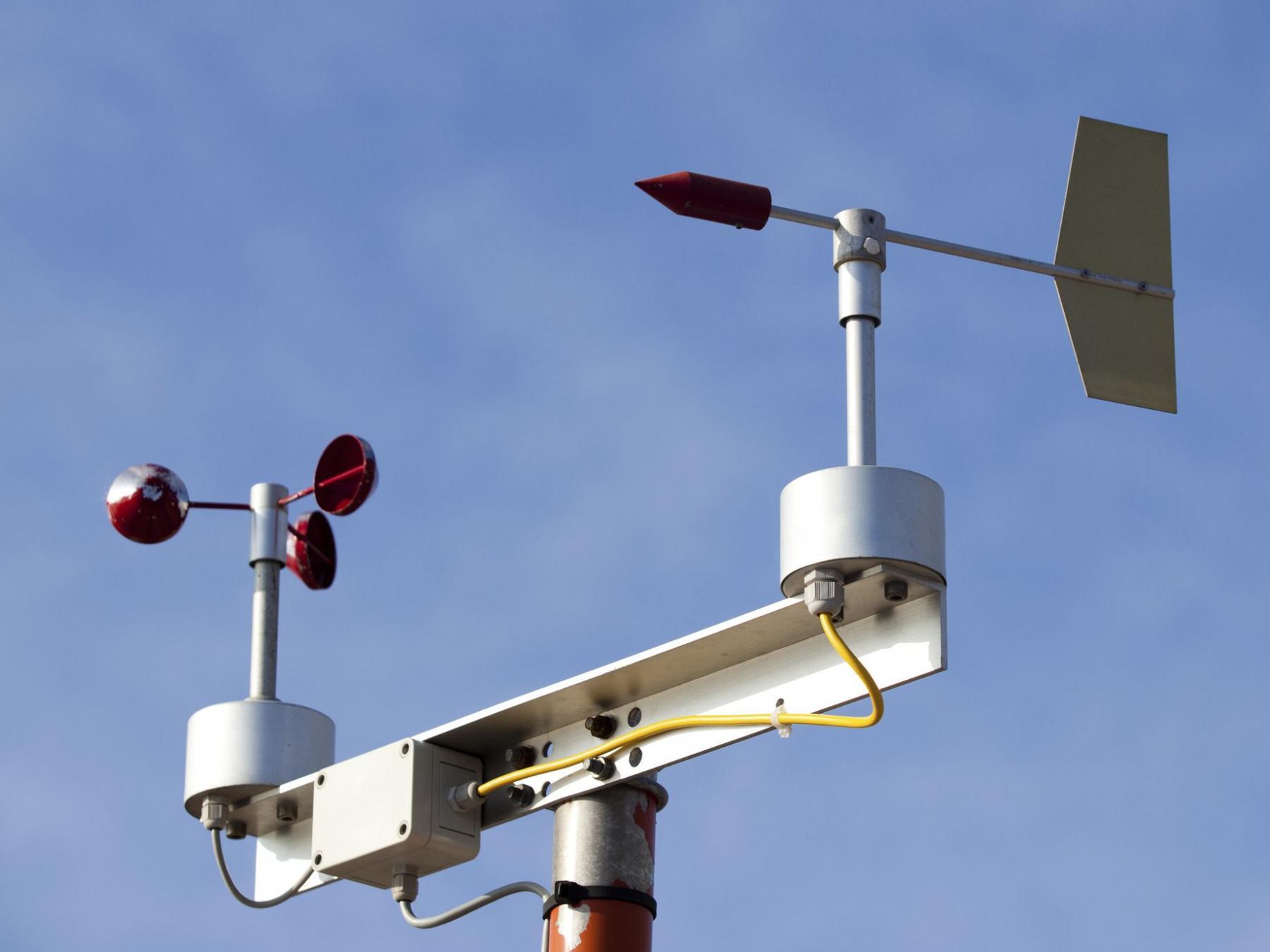
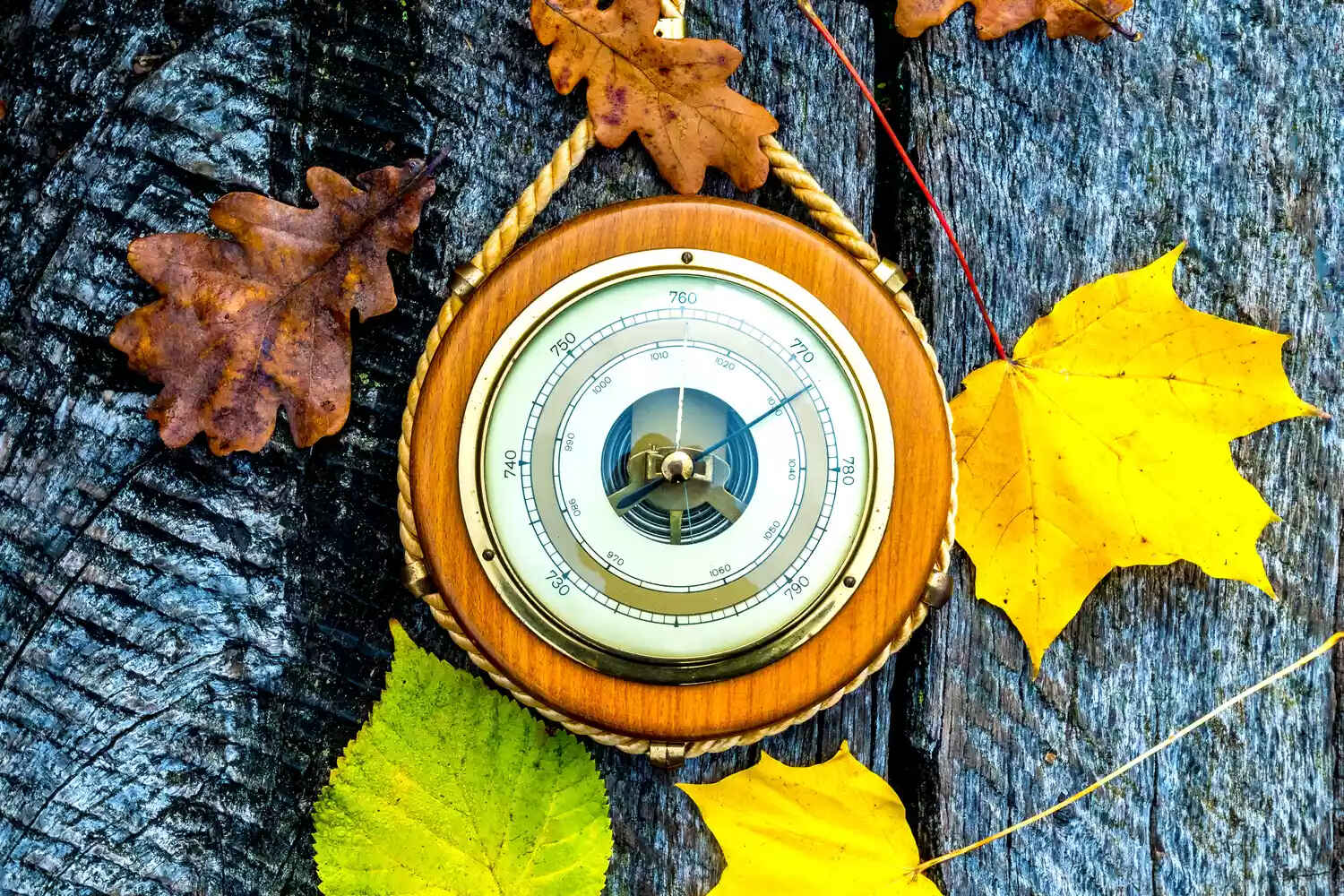
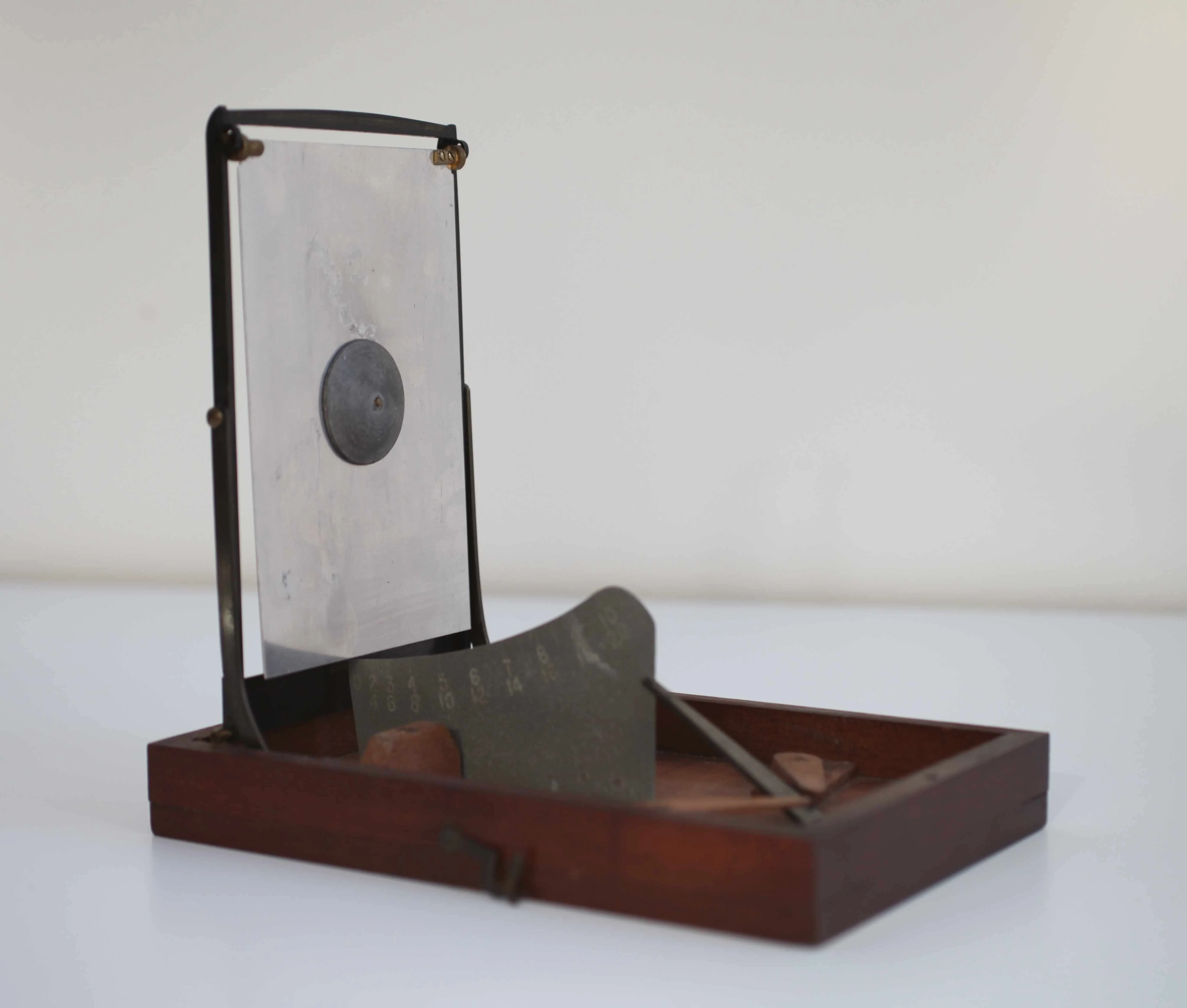

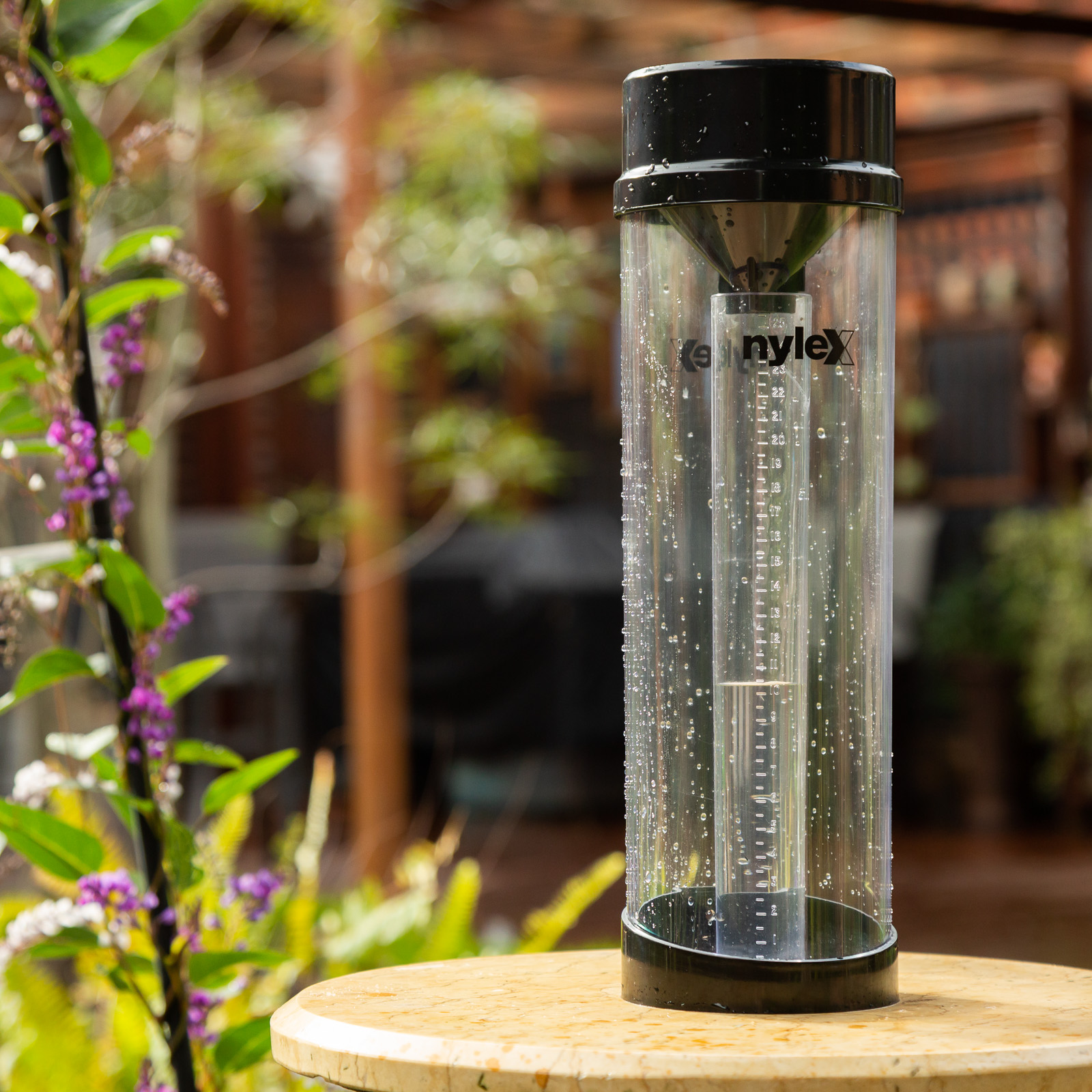
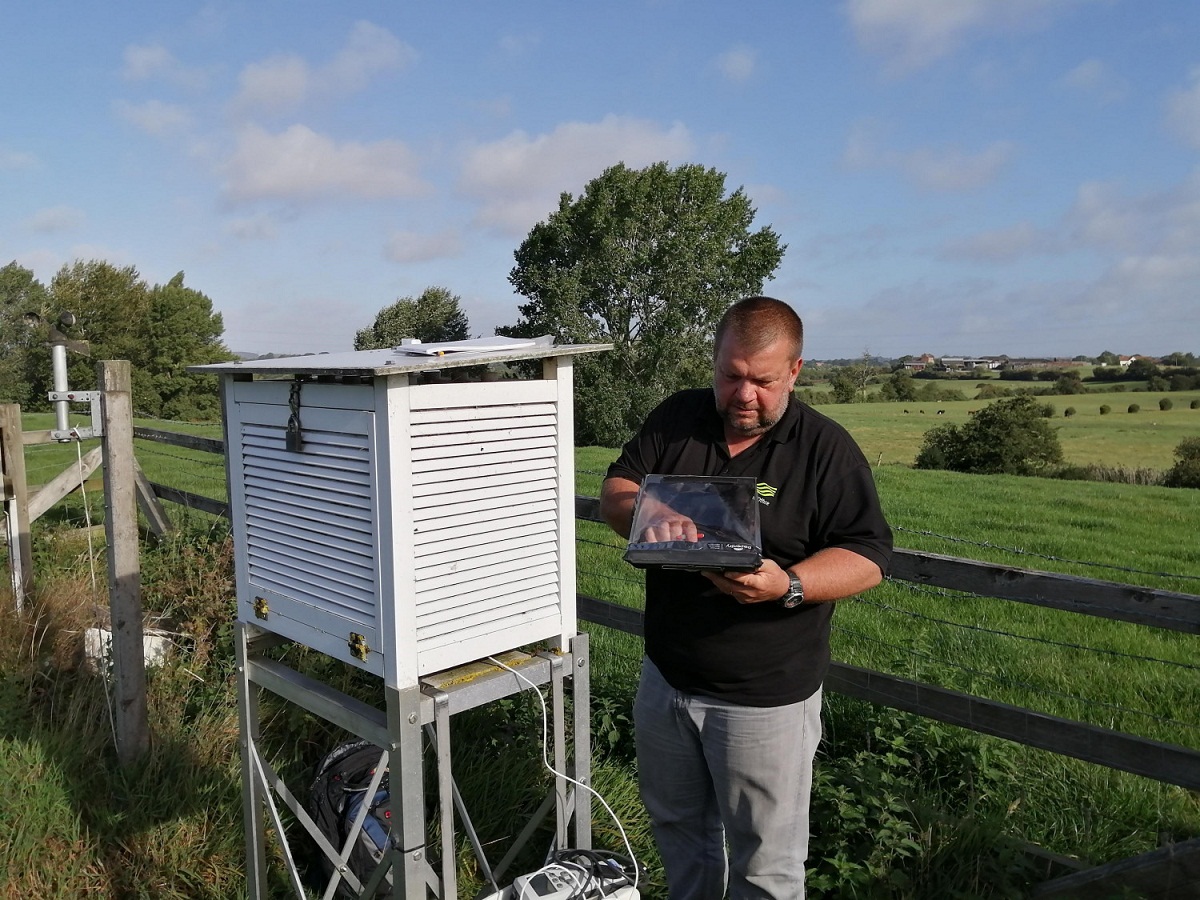

0 thoughts on “Which Weather Instrument Measures The Temperature Of The Air?”